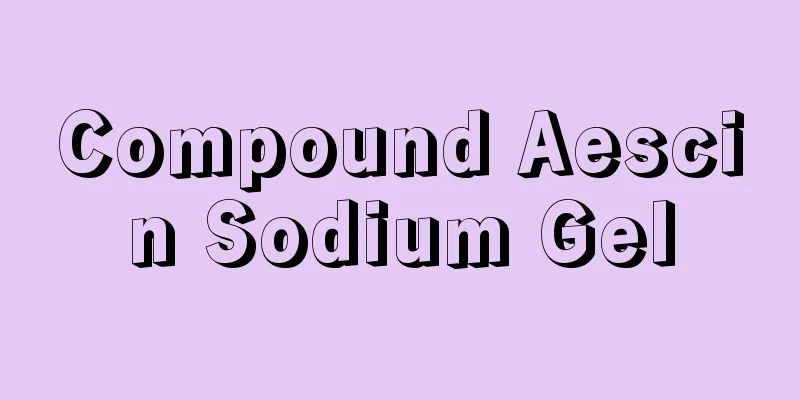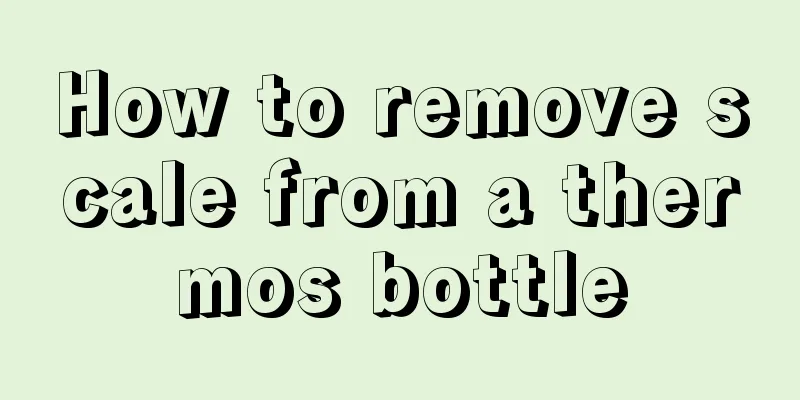Compound Aescin Sodium Gel

|
Compound sodium aescinate gel is mainly used to treat various types of inflammation, edema, traumatic pain, soft tissue injuries, etc. However, all medicines are poisonous. Taking too much of this medicine will cause certain damage to the body. In daily life, compound sodium aescinate gel is a topical medicine that is simple to use and easy to operate, and has a very good therapeutic effect on some injuries. But is compound sodium aescinate gel really very effective? Compound sodium aescinate gel has a good effect. Compound sodium aescinate gel is used for acute soft tissue injuries such as contusion, sprain, compression, hematoma and tenosynovitis. Compound sodium aescinate gel is a compound preparation, containing 10 mg sodium aescinate and 50 mg diethylamine salicylate per gram. The sodium aescinate in the compound sodium aescinate gel has the following effects: anti-tissue edema, promoting blood circulation, reducing vascular permeability, preventing water accumulation in tissues and eliminating the heaviness and pressure caused by local edema. Diethylamine salicylate can enhance anti-inflammatory effects and has analgesic effects. Acute soft tissue injury refers to a series of acute contusions or (and) lacerations that occur in the human musculoskeletal system and tissues other than bones below the skin, including acute injuries to muscles, ligaments, fascia, tendons, synovium, fat, joint capsules and other tissues as well as peripheral nerves and blood vessels in different situations. These tissues are affected by various external or internal injury factors, causing acute tissue destruction and temporary disturbance of tissue physiological functions, resulting in injury. Acute soft tissue injury is generally caused by external mechanical stress. When the stress reaches a certain intensity and exceeds the load that the soft tissue can bear, it can induce injury and produce symptoms. The usage and dosage of compound sodium aescinate gel is for local external use. Take an appropriate amount of compound sodium aescinate gel and apply a thin layer on the affected area several times a day. Adverse reactions such as rashes are occasionally seen after use. When using compound sodium aescinate gel, you should pay attention to the following: when treating severe spinal diseases, trauma and venous diseases, compound sodium aescinate gel can be used in combination with sodium aescinate tablets or sodium aescinate injection; compound sodium aescinate gel cannot be used on mucosal tissues; when using compound sodium aescinate gel to treat ulcers, apply the gel to the skin around the ulcer to avoid touching the ulcer surface; it is forbidden for pregnant and lactating women. It is contraindicated on damaged skin surfaces and skin that has been treated with radiation. In summary, compound sodium aescinate gel has a good effect. Compound sodium aescinate gel is used for acute soft tissue injuries such as contusion, sprain, compression, hematoma and tenosynovitis. It is contraindicated for those who are allergic to compound sodium aescinate gel, and should be used with caution by those with allergic constitution. It is forbidden to use this product when its properties change. |
<<: The effects and side effects of seven leaf soap
>>: What to do if your baby is constipated right after giving birth
Recommend
Some families should pay special attention to the causes of gastric cancer
The cause of gastric cancer is related to many fa...
Can loofah and beans be fried together?
Luffa and green beans are two common ingredients....
How to care for lymphoma during recovery period
After surgery, patients with lymphoma must active...
How to strengthen prostate cancer prevention through diet
The prostate is a male-specific organ. Almost all...
Effective prevention of early lymphoma
I'm sure everyone knows that lymph is one of ...
How is a wrist sprain treated?
We often use our hands in our daily lives, so spr...
What happens if breast cancer relapses after mid-term cure
In recent years, the number of breast cancer pati...
There is dull pain in the lower abdomen where the uterus is located
Gynecological inflammation is very common in wome...
Will onychomycosis smell bad?
Onychomycosis is a relatively common fungal infec...
The most effective method for common treatment of mites
In life, many people are prone to having mites on...
My hands itch more and more the more I scratch them. Why?
In today's social life, there are always dise...
Joint discomfort caused by air conditioning
Many people know that using air conditioning for ...
Introduction to factors causing prostate cancer
So far, the causes of prostatitis have not been c...
White fleshy bumps on tongue
The tongue is the organ that senses all tastes. W...
What are the sequelae of zygomatic bone push
Many people go to the hospital for plastic surger...









